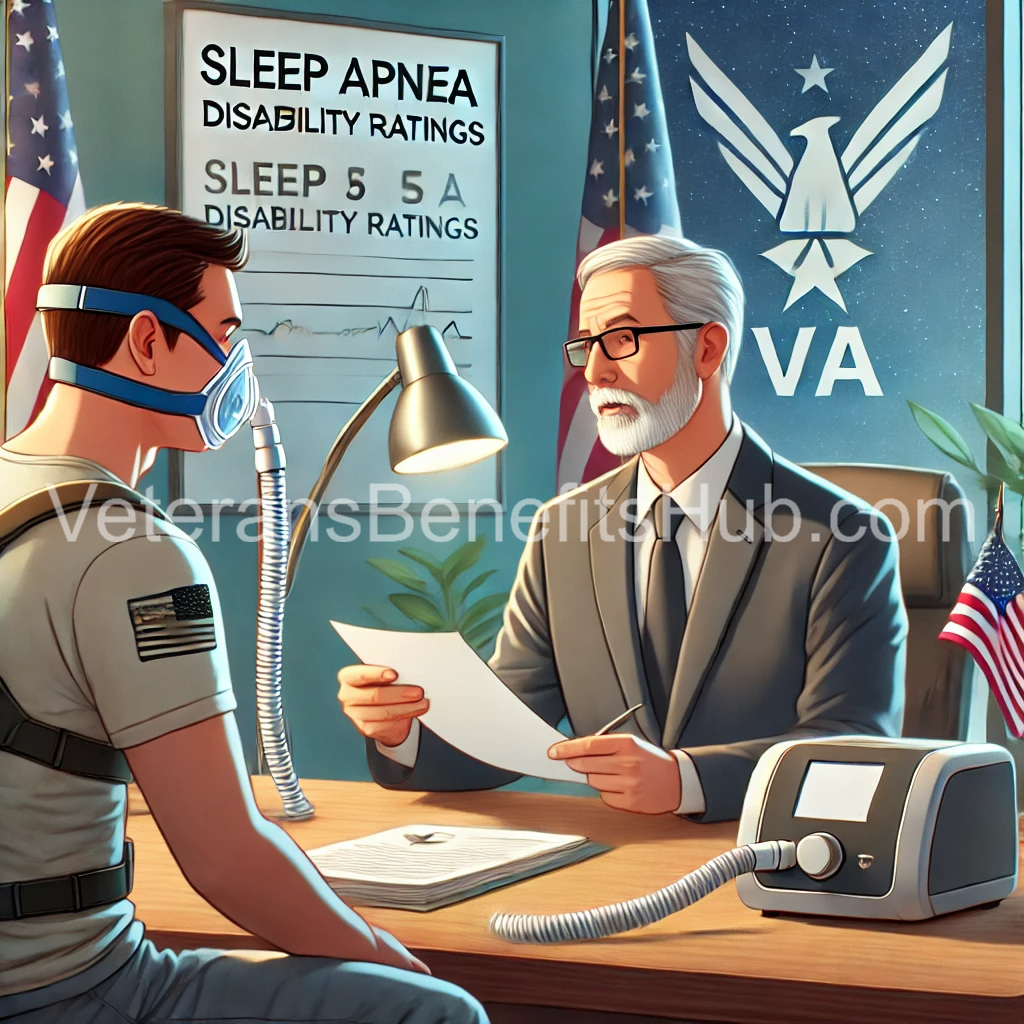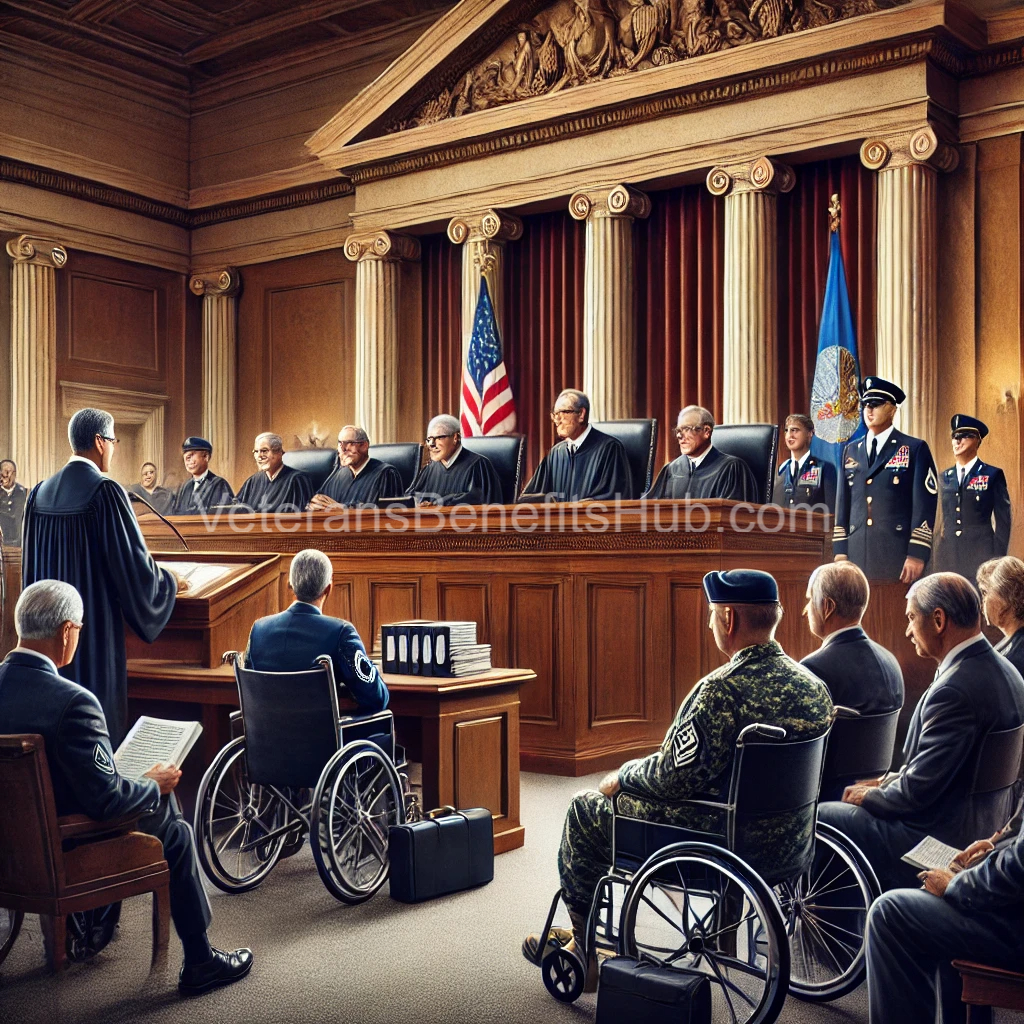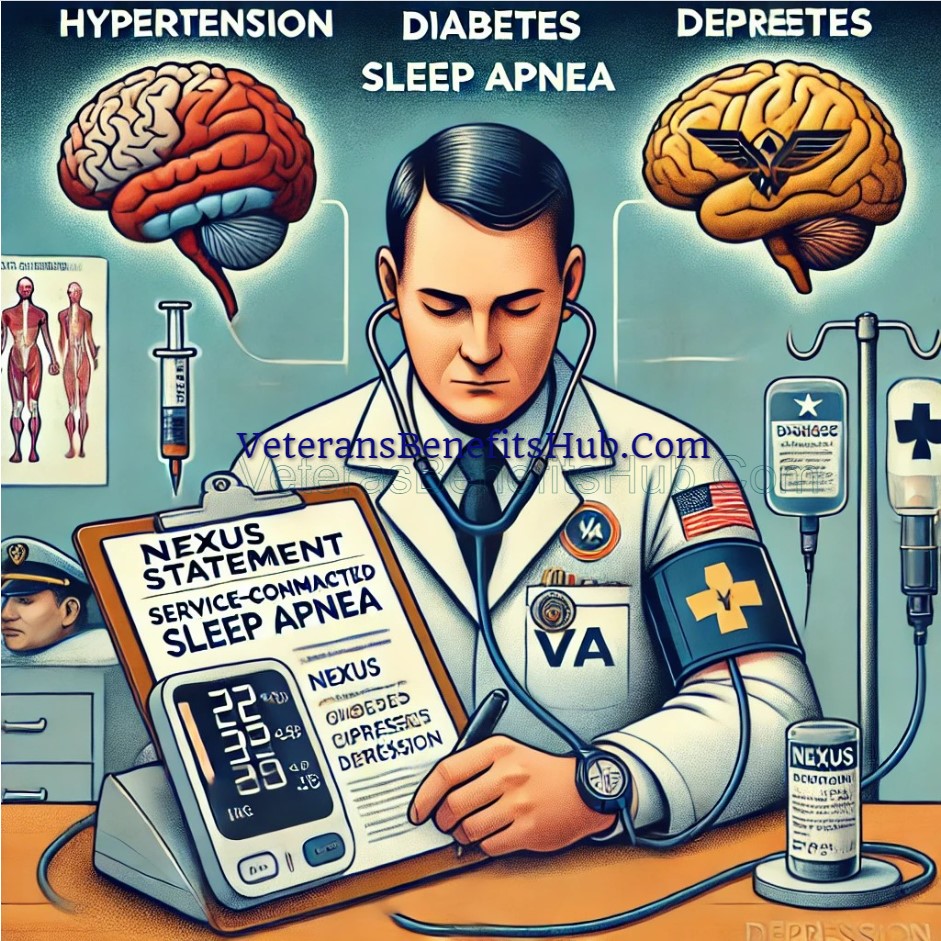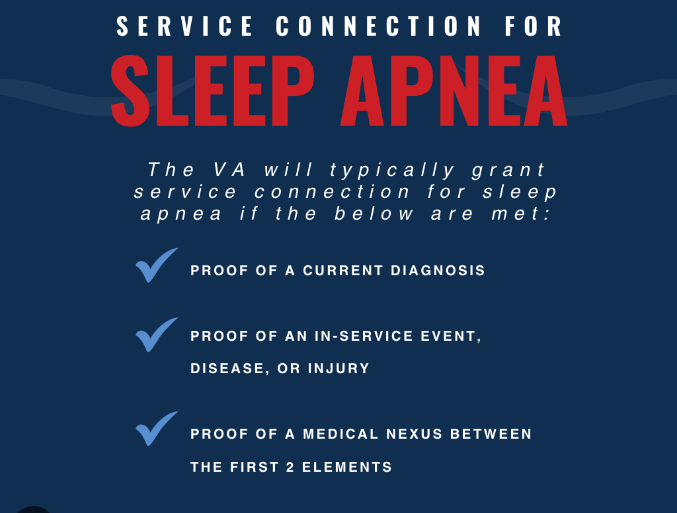(Denials Guaranteed) VA Claims That May be a Waist of Time

Why Filing VA Claims Without Proper Evidence is a Costly Mistake
A Common VA Claim Mistake
A veteran recently sought assistance from a VSO after receiving a denial on a claim. The veteran wanted to file a supplemental claim, hoping for a better outcome. The VSO agreed and submitted two supplemental claims on the veteran’s behalf. However, the VSO failed to include new and relevant evidence—something explicitly required for a supplemental claim. The original denial stated that the claim was missing a Nexus letter, yet the VSO proceeded without addressing this critical issue.
Why would a VSO file a supplemental claim without including the necessary evidence? The answer varies, but in many cases, it comes down to lack of thoroughness, a lack of understanding, or simply not prioritizing the veteran’s best interests.
The Role of a Nexus Letter in VA Claims
For many VA claims, a Nexus letter serves as a crucial piece of evidence. It establishes a link between a veteran’s current medical condition and their military service. If a claim was denied due to a lack of Nexus, filing a supplemental claim without it is a guaranteed path to another denial.
VSOs should be upfront with veterans about the necessity of obtaining medical evidence. Avoiding the conversation because it may involve out-of-pocket costs is not a valid excuse. Veterans deserve to know what is required to support their claims so they can make informed decisions.
The Right Time to Obtain a Nexus Letter
Ideally, a veteran should obtain a Nexus letter before filing their initial claim. If the claim was already denied due to a missing Nexus, the logical next step is to secure that evidence before submitting a supplemental claim. Filing multiple claims without resolving the root issue only leads to delays and frustration.
If a supplemental claim has already been filed without the required evidence, the veteran has two options:
- Submit the Nexus letter as soon as possible and hope it gets reviewed before the Compensation & Pension (C&P) exam.
- Withdraw the claim, gather the necessary evidence, and refile with everything in place.
Should You Withdraw a Bad Claim?
Withdrawing a claim is sometimes the smartest move. If a veteran can clearly see that a claim is destined for denial due to missing evidence, it may be better to withdraw it and file a stronger supplemental claim later. The VA operates under strict guidelines, and attempting to submit missing evidence after the fact does not always guarantee a fair review.
Another important step is revoking the Power of Attorney (POA) from any VSO or representative who has mishandled a claim. If a VSO files a claim incorrectly, they still retain the ability to act on the veteran’s behalf until their POA is officially revoked. Ensuring that the only person in control of the claim is the veteran themselves eliminates unnecessary complications.
Final Thoughts
Veterans must be their own best advocates in the VA claims process. While VSOs can be helpful, they do not always provide the level of attention and expertise necessary for a successful claim. Understanding the importance of medical evidence, particularly Nexus letters, and taking proactive steps before filing can save valuable time and effort.
By taking charge of the process, veterans can avoid unnecessary delays and ensure their claims have the best chance of approval the first time around.
Disclaimer: The information provided in this article is for informational purposes only and reflects the opinions of the author. Readers should conduct their own research and consult with qualified professionals before making decisions regarding their VA claims.
When dealing with VA claims, every decision can have long-term consequences. Veterans often rely on Veteran Service Officers (VSOs) for guidance, but what happens when these representatives fail to provide the necessary information? Let’s break down a common scenario and explore the best approach to handling VA claims effectively.









